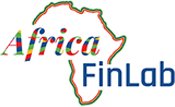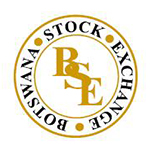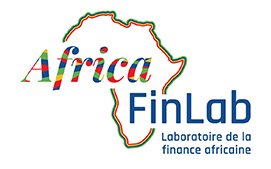Botswana's GDP grew by 12.5 percent in 2021 after contracting by 8.7 percent in 2020 thanks to the recovery of the global diamond market. The Bank of Botswana has adopted an accommodative monetary policy, with a policy rate of 3.75 percent in 2021. Average annual inflation in 2021 exceeded the upper limit of the central bank's 3-6 percent range. The current account deficit is estimated to have doubled in 2021 to 3.7 percent of gdP, due to a 64.5 percent decline in official transfers; foreign exchange reserves cover 5.9 months of imports in 2021. Botswana has received US$268.4 million in SDR from the IMF, which are likely to be used to replenish reserves or for budget support. (Download detailed Analysis Source : Report African Economic Outlook 2022 ; AfDB)
As of December 31, 2022, the Botswana Stock Exchange (BSE) has 30 listed companies with a market capitalization of $3.2 billion. After rising by about 10% in 2018, foreign direct investment flows to Botswana fell by 67% and 66% respectively in the following years and then stood at $55.2m in 2021, an increase of 73%.



